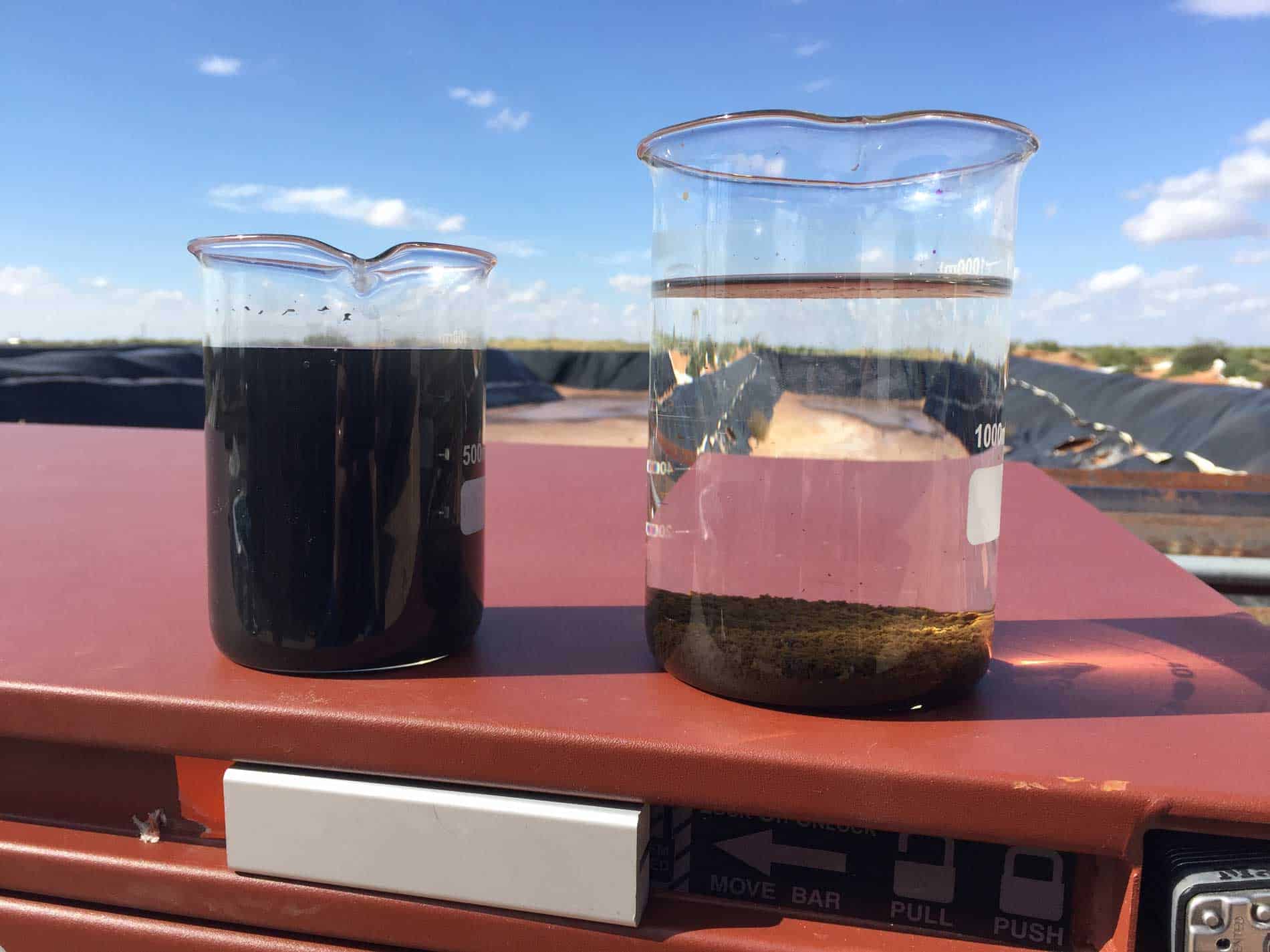ISO 7887 Color of Industrial Water Test
The ISO 7887 color test is a widely recognized method used to evaluate the visual color intensity of industrial water samples, including produced water and process water from oil & gas operations. This service is crucial for ensuring that water quality meets regulatory standards and operational requirements in the oil & gas sector.
Produced water constitutes a significant volume of liquid waste generated during petroleum extraction processes. Its proper treatment and management are critical to environmental compliance, resource conservation, and operational efficiency. Process water, on the other hand, is used for various purposes such as cooling, cleaning, and maintenance within oil & gas facilities.
The ISO 7887 color test provides a standardized approach to quantify the visual color of these waters. The method involves comparing the sample against a set of reference solutions with known color values. This comparison helps in identifying water quality issues early on, ensuring that corrective actions are taken promptly. By doing so, this service supports continuous improvement in wastewater management practices.
For accurate results, proper specimen preparation is essential. Samples must be collected from representative locations and stored under controlled conditions to prevent any changes in color or other properties before analysis. The sample should then be visually compared against a series of reference solutions provided by the standard.
The ISO 7887 method uses a visual comparison technique that requires trained personnel familiar with both the test procedure and the reference materials used for calibration purposes. This ensures consistency across different labs performing this service, which is vital given its importance in regulatory compliance.
Once analyzed, the results can be reported back to stakeholders involved in water management within oil & gas operations. These reports typically include detailed descriptions of the observed color intensities along with any recommendations for further action based on findings from the analysis.
The application of this service extends beyond mere compliance; it plays a key role in maintaining operational excellence by providing actionable insights into potential areas needing attention regarding water quality management throughout various stages of production.
By leveraging ISO 7887 color testing, operators can make informed decisions about their water treatment processes, thereby reducing costs associated with non-compliance fines while simultaneously promoting sustainable practices within the industry.
Customer Impact and Satisfaction
The implementation of our ISO 7887 Color of Industrial Water Test service has significantly impacted customers across multiple aspects including operational efficiency, regulatory compliance, and environmental sustainability. Our clients have reported higher levels of customer satisfaction due to the reliability and accuracy provided by this standardized testing method.
- Enhanced Compliance: By adhering strictly to international standards like ISO 7887, we ensure that all tests conducted meet stringent quality benchmarks required for regulatory compliance.
- Improved Decision-Making: Accurate color data helps operators make better-informed decisions regarding their water treatment strategies leading to improved operational performance.
- Sustained Environmental Impact: Through precise monitoring of produced and process waters, our service contributes positively towards reducing environmental impacts associated with oil & gas activities.
Our commitment to excellence in laboratory testing ensures that each customer receives personalized attention tailored specifically to their unique needs. We strive not only to meet but exceed expectations set forth by industry standards such as ISO 7887, thereby fostering long-term partnerships built on trust and reliability.
Environmental and Sustainability Contributions
The implementation of the ISO 7887 color test in produced water and process water analysis plays a crucial role in promoting environmental sustainability within the oil & gas sector. By accurately quantifying the visual color intensity of these waters, we contribute to several key areas:
- Reduction of Non-Conformance Penalties: Accurate monitoring helps prevent non-compliance with relevant regulations, thus avoiding potential legal and financial penalties.
- Informed Resource Management: Precise measurements enable more effective management of water resources throughout the entire lifecycle of oil & gas operations.
- Eco-Friendly Operations: Our service supports sustainable practices by helping identify opportunities for reducing waste generation and improving overall environmental performance.
Through consistent application of this standardized testing method, we play an integral part in driving positive change towards a more environmentally responsible industry. This commitment aligns closely with broader sustainability goals aimed at minimizing the ecological footprint associated with oil & gas activities.
Competitive Advantage and Market Impact
The ISO 7887 color test service offers significant competitive advantages to our clients operating within the oil & gas industry. By providing reliable, accurate, and consistent data on water quality, this service enables operators to stay ahead of regulatory changes and market trends.
Our clients benefit from enhanced reputation management through compliance assurance, which can translate into increased customer confidence and loyalty. In today’s competitive landscape where environmental responsibility is increasingly important, having a proven track record of adhering to international standards like ISO 7887 positions our customers favorably in the marketplace.
The ability to provide actionable insights based on precise color measurements allows operators to optimize their water treatment processes continuously improving efficiency and cost-effectiveness. This leads not only to operational excellence but also contributes positively towards achieving long-term sustainability objectives.





